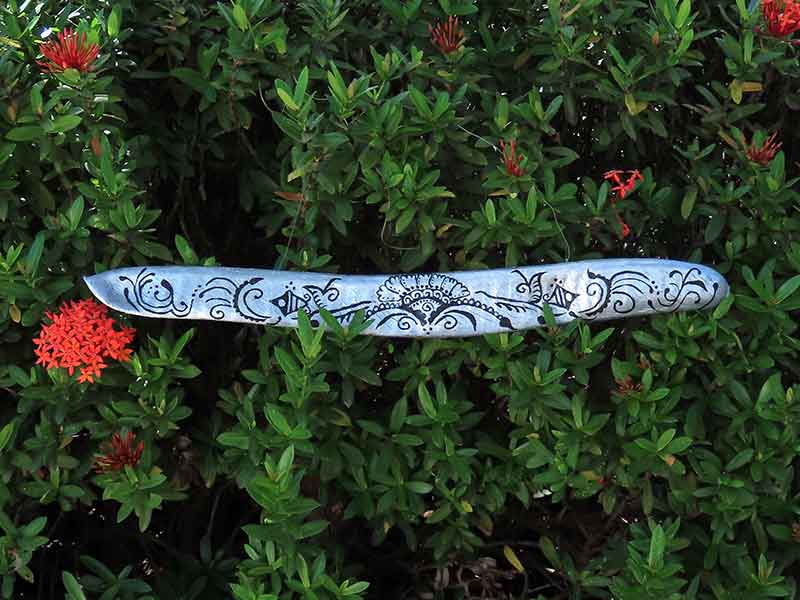Bonaire’s Flamboyan tree lights up the skyline with fire every summer.
Here on Bonaire, it’s called the Flamboyan, nearly a literal derivative of its more common name, the Flamboyant tree, but it’s also called the flame tree, the flame of the forest tree, or on our sister islands of Saba and Statia, where English is the most prevalent language spoken, the July Tree! And all because the Royal Poinciana (Delonix regia), catches on fire every July!

About the Royal Poinciana.
Bonaire’s Flamboyan tree is actually in the bean family Fabaceae, and it is originally native to Madagascar, where it is now endangered in the wild. However, today, it has been introduced into tropical and sub-tropical regions around the world, in many places as a decorative tree. Because of its wide cultivated use in so many non-native locations, it is now regarded as a naturalized tree in the many locations where it is grown.

The orange-yellow variety of Bonaire’s Flamboyan tree is less common but no less beautiful.
Best times for viewing Bonaire’s Flamboyan tree.
The Flamboyan trees here on Bonaire will begin blooming as early as May, and one can still enjoy blossoms as late as October, but July is truly the best time of year to enjoy the explosion of color when this umbrella-shaped canopy is truly on fire with reds, oranges, and yellows amid feathery green leaves.

Not only decorative, but Bonaire’s Flamboyan Tree has useful purposes as well!
Back in the day before tablets and phones, the youth of Bonaire had to make their own toys. The seedpods of Bonaire’s Flamboyan tree, once dried, make a wonderful rattling noise and kids would use them in their play. Some youth in the Caribbean region would even use them as pretend swords as they played their swash-buckling pirate roles! The “swords” came complete with audio sound effects as the seeds rattled within the pods! Even mothers appreciated the seedpods, as they used this natural “rattle” to soothe their babies and capture their attention.
Even today, someone always finds a useful way to use the dried seedpods, just like artist Laurel Heuser, who used the seedpods of Bonaire’s Flamboyan as a new art medium for her Silver Pod Collection.








